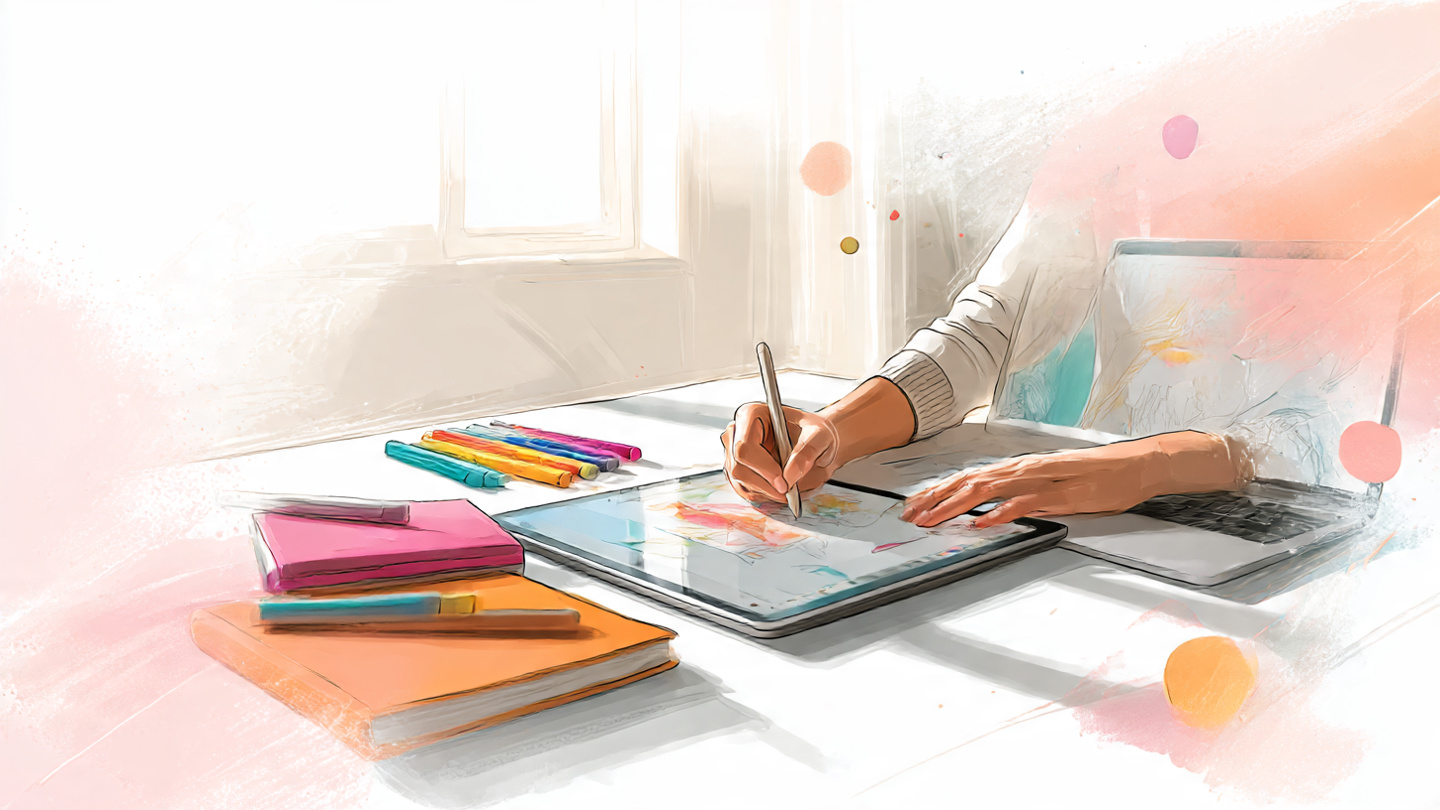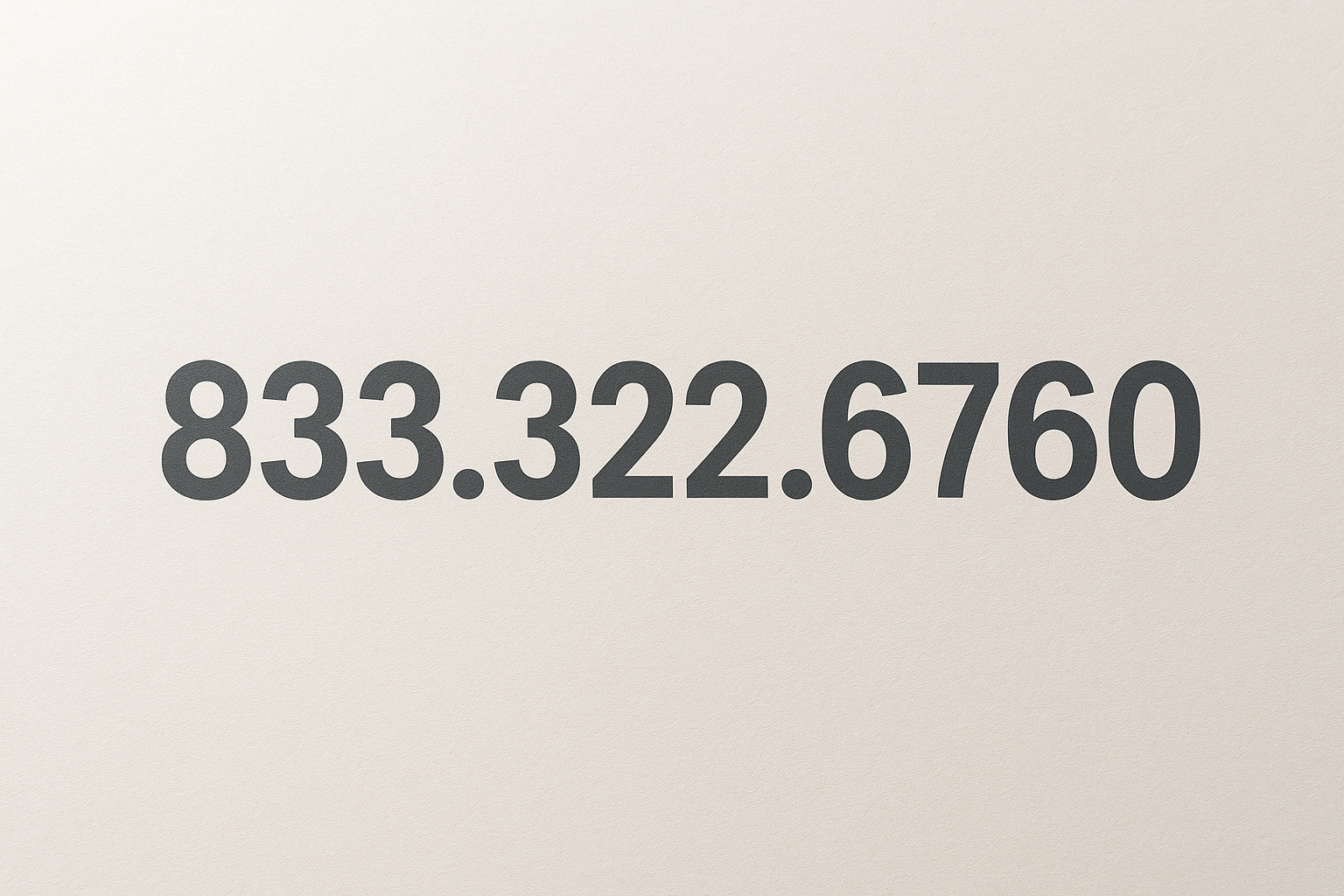How Fashion Is Getting a High-Tech Makeover—And Why It Matters More Than You Think
Fashion has always been about self-expression.
But now?
It’s about smart expression.
From AI-powered personal stylists to jackets that change color with your mood, we’re living through a style revolution—and this time, it’s wearing a microchip. Welcome to the intersection of trend and tech, where what you wear says as much about your software as your swagger.
Let’s dive into the world of tech-savvy fashion, where style isn’t just seen—it’s sensed.
When Fabrics Start Talking
We used to joke about clothes “speaking volumes.” Now they literally can.
Smart textiles—fabrics woven with sensors, conductive fibers, and microchips—are entering our closets. These are materials that can track your heart rate, measure your posture, or even harvest solar energy to charge your phone. Sounds futuristic? It’s not. It’s already here.
Take Lumo Run, for example—a pair of running shorts embedded with motion sensors. They don’t just fit; they coach. As you move, they send real-time feedback to an app, telling you how to adjust your stride, posture, or pace.
Or consider Wearable X’s Nadi X yoga pants, which gently vibrate to guide your body into correct poses. Who needs a mirror when your clothes can whisper, “A little more to the left”?
This isn’t just about athletics, either. Think workwear that monitors fatigue. Suits that adjust to temperature changes. Denim that doubles as a touchscreen.
We’re not just dressing for the job anymore—we’re dressing for the data.
The Rise of the AI Stylist
If choosing an outfit has ever made you late (we’ve all been there), AI is here to save your morning meltdown.
Virtual stylists powered by artificial intelligence are popping up in apps and e-commerce platforms everywhere. They analyze your body type, your color preferences, your shopping history—even your Instagram feed—and recommend outfits tailored to your taste.
One of the most impressive players in this space? The Yes, a shopping app that uses machine learning to build a style profile as you swipe yes or no on pieces. Over time, it becomes freakishly good at predicting what you’ll love—and what you’ll wear.
Zalando’s AI styling assistant takes it even further. It’s trained on millions of outfit combinations and user behaviors, creating curated looks for each customer based on current trends and personal history. Think of it as having a fashion-savvy friend who also happens to be a data scientist.
And let’s not forget Amazon’s Echo Look, a now-retired device that once used a depth-sensing camera and AI to rate your outfits and suggest improvements. It might not have stuck around, but it paved the way for what’s next.
Your closet might not speak, but the cloud does—and it’s got opinions.
Real People, Real Tech, Real Style
Let’s get personal.
Meet Samira, 29, a graphic designer in Berlin. She’s not your average fashionista. Most of her wardrobe choices revolve around comfort and sustainability—but recently, she discovered Petit Pli, a brand known for its origami-inspired clothes that adjust to your movement (and even your body size over time). It’s techy. It’s futuristic. And it’s perfect for someone who bikes to work and hates being too hot or too cold.
“There’s something empowering,” she says, “about wearing clothes that feel like they get you.”
Or take Marcus, 35, a software engineer in San Francisco. He swears by his Apple Watch, not just for fitness tracking but for integrating it with his work attire. “I got a titanium band that looks sleek enough for client meetings but still functions like a fitness tracker. It’s fashion and function combined.”
Fashion tech isn’t about abandoning style—it’s about upgrading it.
Digital Fashion: Wearing Pixels, Not Threads
Now, here’s where things get wild.
Imagine buying an outfit you never actually wear in real life—but still post photos in. That’s digital fashion.
Yes, it sounds weird. But in the age of Instagram, it makes sense. Why spend hundreds on a one-time wear when you can “wear” a 3D-rendered designer piece in the metaverse or in a photo?
DRESSX is leading the charge, offering digital outfits you can superimpose onto your photos. Want to try on a metallic gown from the year 3020? Done. Want to walk through Fortnite in a Balenciaga hoodie? Also done.
It’s sustainable. It’s sci-fi. And it’s booming.
Major fashion houses—from Gucci to Louis Vuitton—are exploring these virtual frontiers. Because when our lives are half-lived online, shouldn’t our wardrobes live there too?
Sustainability Meets Circuitry
Let’s be real: fashion hasn’t always been kind to the planet. But smart fashion might help fix that.
Clothes that track wear-and-tear can signal when they’re close to wearing out—before they fall apart. Others use QR codes or NFC chips to provide transparency about where and how a garment was made.
Startups like EON are embedding digital IDs into clothes to help with recycling, resale, and re-wear. Your T-shirt gets a kind of “passport,” detailing its lifecycle, materials, and ethical credentials.
It’s not just smart. It’s responsible.
What This All Means for You
You don’t need to be a tech nerd or fashion icon to care about this.
Maybe it starts with a fitness shirt that helps your posture. Or a smart ring that matches your manicure. Maybe you’re curious about digital avatars, or you’re just tired of wasting money on fast fashion that doesn’t fit your life.
Whatever your entry point, tech-savvy fashion is expanding what it means to dress well.
Because in this world, fashion isn’t about choosing between function and flair.
It’s about fusing them.
Final Thoughts: The Future Wears Tech
We used to ask, “What are you wearing?”
Now we ask, “What does it do?”
Fashion is getting smarter—not just in fabrics and apps, but in purpose. It’s helping us move better, live more consciously, and express ourselves in ways that were impossible a decade ago.
So the next time you zip up your favorite hoodie, ask yourself: could this do more?
And if the answer is no—just wait.
Because the next wave of fashion is already designing itself. And trust me, it’s looking right at you.











